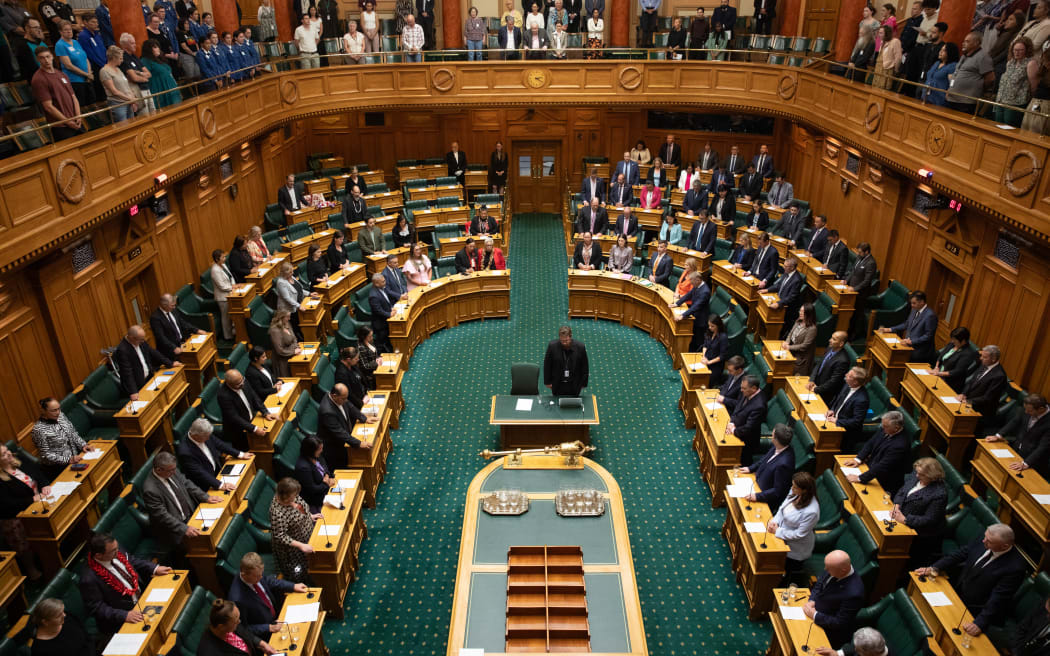A mainland spokesperson on Wednesday commented on a recent article jointly published by three influential figures in Taiwan's semiconductor industry, saying that the article's concerns about the U.S. CHIPS and Science Act undercutting Taiwan Semiconductor Manufacturing Company Limited (TSMC) is "not alarmist" but "a warning to Taiwan society."
Chen Binhua, a spokesperson for the State Council Taiwan Affairs Office, said the article to a great extent reflects that the Democratic Progressive Party authorities' acts of pandering to external forces have been questioned by industries on the island.
He warned that Taiwan is likely to be abandoned once the island is not autonomous in developing its industries and loses its position in the global industrial supply chains.
Chen said Taiwan businesspeople and enterprises are participants and contributors and will surely be beneficiaries of the development of new quality productive forces.
Noting that the mainland and Taiwan have complementary industries, he suggested that Taiwan enterprises display their industrial advantages to seize development opportunities related to new quality productive forces.
The mainland will introduce more measures to deepen the integrated development of the two sides of the Taiwan Strait and advance the wellbeing of the people of Taiwan, Chen said.
Further efforts will be made to ensure equal treatment for Taiwan compatriots on the mainland, create a favorable business environment, and provide stronger policy support for Taiwan compatriots to develop on the mainland, he said.


 Related articles
Related articles

 Wonderful introduction
Wonderful introduction




 Popular information
Popular information